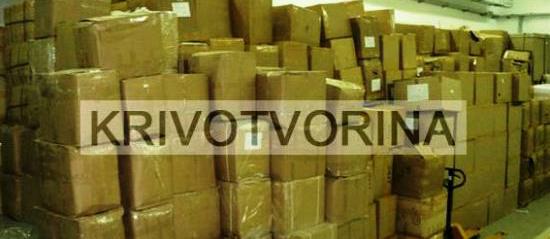Study on Intellectual Property Crime Threat Assessment

Photo: Customs of the RoC
The European Union Intellectual Property Office (EUIPO) published a study dealing with intellectual property crime threat assessments or counterfeiting and piracy in several products sectors, as well as cross-cutting factors that influence this criminal area. The study is drawn up in partnership between the EUIPO and Europol and it is published under the original title of Intellectual Property Crime Threat Assessment 2019.
It is estimated that counterfeit and pirated goods make up as much as 6.8 % of EU imports, amounting to EUR 121 billion, and this amount has significantly increased in recent years. The study indicates that besides the traditional luxury items, a wide range of everyday goods used by customers are being counterfeited, such as cosmetics, electronic components, food and drinks, pharmaceuticals, toys, vehicle parts etc., and the study provides also the data on the most often counterfeited products within a certain category. For example, mobile phones and their parts and semiconductors are often counterfeited in the category of electronic devices. In the category of food and drinks, among others, cheese, coffee, olive oil and pasta were detected and seized by competent authorities. Counterfeited wines and alcohol beverages can pose risk to the health of consumers in the European Union. The number of cases of counterfeited pesticides seized in law enforcement procedures is also on the increase, which are dangerous products too, because they may contain toxic ingredients harmful not only to farmers and consumers but to the environment as well. There are other examples of the types of counterfeited products in the study, which includes also descriptions of actual procedures (cases from the practice) undertaken by competent authorities in order to fight and prevent crimes related to counterfeiting and piracy.
Most criminal activity involving counterfeiting is performed by organised crime groups, using current growth of digital market, online marketing and social networks, while counterfeited goods are often being distributed to customers via small parcels, making it difficult for law enforcement authorities to detect them.
The entire study and the executive summary in Croatian are available here.
Datum novosti: 18/06/2019